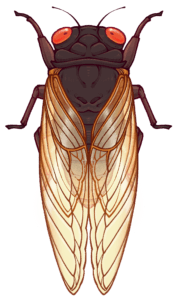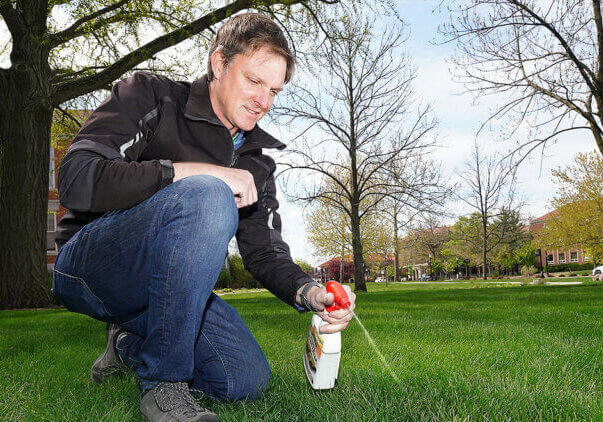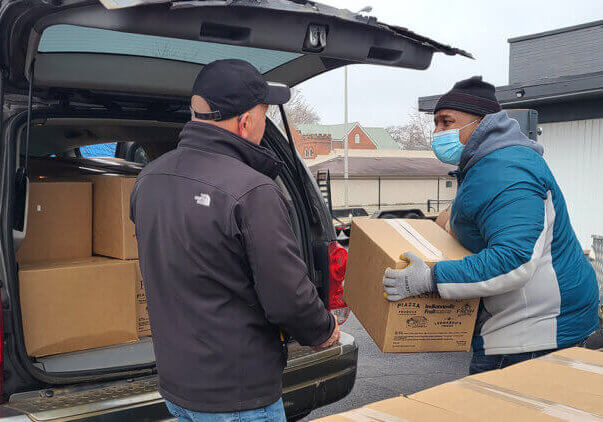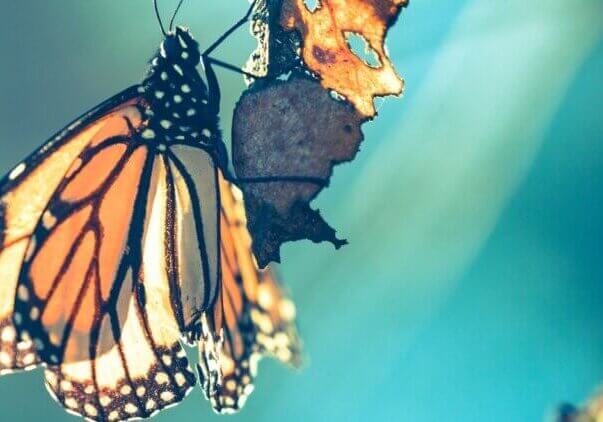"If you like insects, or are even just curious about them, you have a unique opportunity coming up. Get out and enjoy it while you can,” recommended Elizabeth Barnes, an exotic forest pest educator for Purdue Extension Entomology.
The 17-year cicadas of Brood X were last seen in 2004. This spring, they are set to appear across Indiana and in parts of 14 other states.
“Purdue is the perfect place to work during an event like this,” said Barnes. “The cicadas have a broad impact on people, plants and animals. It’s great that we have experts in each of these areas to pool their knowledge and share unique perspectives.”
To help others make the most of the occasion and understand the event from different vantages, Purdue Agriculture created a list of 17 resources, events and activities to enjoy.
Read
1) Purdue Extension Entomology’s cicada homepage includes a wealth of information, serving as an ideal starting point for anyone hoping to learn more.
2) In his publication, Extension entomologist Clifford Sadof details plants at risk of cicada damage and gives advice to protect them.
3) In the Purdue Landscape Report’s article “17-year Cicadas are coming: Are you ready?” Barnes and Sadof provide advice for homeowners.
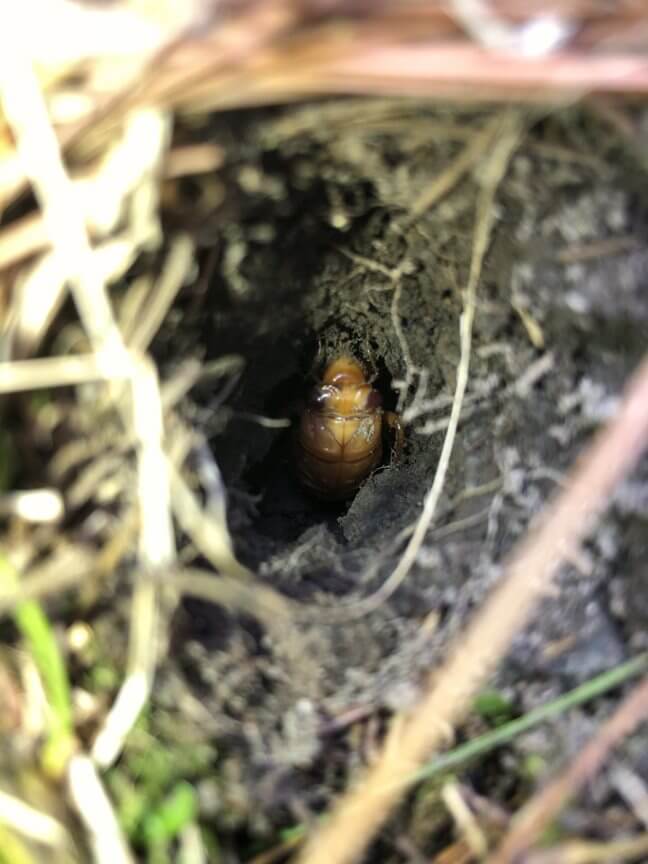
4) “Facts for Fancy Fruit,” a newsletter for commercial and advanced amateur fruit growers, gave tips to protect young fruit trees from Brood X.
5) Purdue Extension’s “Got Nature?” blog provided a close look at the effect the cicada surge will have on other species as a food source.
Watch
6) Barnes joined Elizabeth Long, assistant professor of entomology, for a live question and answer session during Purdue’s virtual Bug Bowl.
7) In this short video, Purdue Extension Entomology shows ways to identify “zombie cicadas” and recognize their behavior.
8) Footage taken in Tippecanoe County during 2004’s emergence shows what this year’s influx of cicadas could look like.
9) Barnes joined Extension wildlife specialist Jarred Brooke and Extension forester Lenny Farlee live on Facebook to discuss the upcoming emergence. Click the cicada to learn more.
Make
10 & 11) Two kinds of origami cicadas can be made by following the steps in this instructional video.
12) A poster featuring cicadas and their look-alikes is available to download and print.
13) This demonstration shows how to bake cookies using cricket powder and decorate them like cicadas. If you like how they turn out, enter them in the Bug Bowl Cookie Contest to compete for prizes.
Join
14) Indiana Cicada Fest is a community science program running through May 16. To contribute, participants take photographs in areas with cicadas and upload them to iNaturalist.
15) Indiana Cicada Trackers is a community project aimed at Master Gardeners and Naturalists to collect cicada emergence data. Participants can join at any time before cicadas emerge in their area.
16) As part of their Guest Speaker Spotlight series, McCloud Nature Park partnered with Purdue Entomology to organize a free, public event on May 15. “The Cicadas are Coming” will teach attendees about Indiana’s cicadas and show them how to participate in a monitoring program to help Purdue scientists.
17) The Purdue Entomology Cicada Newsletter gives subscribers the latest news on the emergence, additional resources and details on upcoming events.
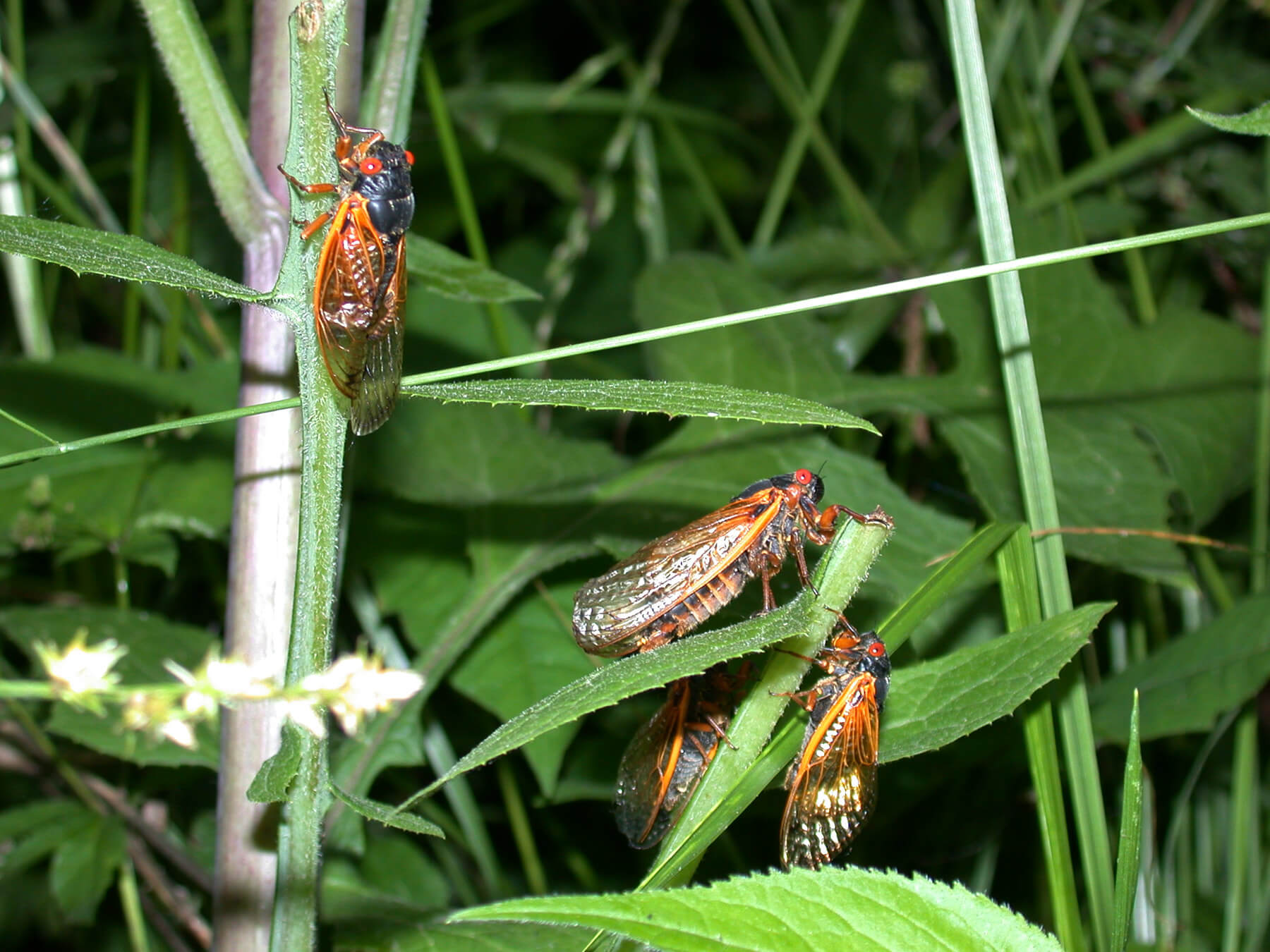
Make the grass greener on your side this spring
“When it comes to lawn care, spring is one of the most important seasons for cool-season grasses like those found in most of Indiana,” said Cale Bigelow, a professor of horticulture at Purdue University specializing in turf science and ecology. “With a little intentional effort, you can make a big impact on the health of your yard for the rest of the year.”
Bigelow answered several frequently asked questions about spring lawn care.
Read Full Story >>>Purdue Extension: Caring for our communities
Milk, meat, fresh cheese, vegetables, fruit and more packaged into a single box are helping Indiana families survive job loss, higher food prices and other pandemic-related events affecting food availability.
As part of the Coronavirus Food Assistance Program, the United States Department of Agriculture (USDA) collaborated with distributors to package and transport fresh produce, dairy and meat products to food banks, community and faith-based organizations.
Read Full Story >>>Where do bugs go in winter?
By Brian Wallheimer Any trip to Mars, likely to take a year or longer, will require astronauts to grow at least some of their own food along the way since it can cost $10,000 to send a pound of anything just as far as Earth’s orbit. Astronauts will need the nutrients provided by fruits, leafy…
Read Full Story >>>Make the grass greener on your side this spring
“When it comes to lawn care, spring is one of the most important seasons for cool-season grasses like those found in most of Indiana,” said Cale Bigelow, a professor of horticulture at Purdue University specializing in turf science and ecology. “With a little intentional effort, you can make a big impact on the health of your yard for the rest of the year.”
Bigelow answered several frequently asked questions about spring lawn care.
Read Full Story >>>Purdue Extension: Caring for our communities
Milk, meat, fresh cheese, vegetables, fruit and more packaged into a single box are helping Indiana families survive job loss, higher food prices and other pandemic-related events affecting food availability.
As part of the Coronavirus Food Assistance Program, the United States Department of Agriculture (USDA) collaborated with distributors to package and transport fresh produce, dairy and meat products to food banks, community and faith-based organizations.
Read Full Story >>>Where do bugs go in winter?
By Brian Wallheimer Any trip to Mars, likely to take a year or longer, will require astronauts to grow at least some of their own food along the way since it can cost $10,000 to send a pound of anything just as far as Earth’s orbit. Astronauts will need the nutrients provided by fruits, leafy…
Read Full Story >>>